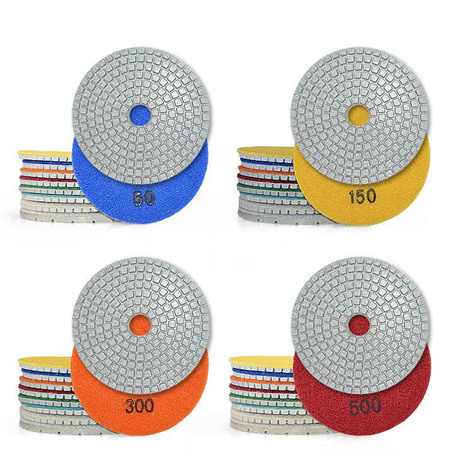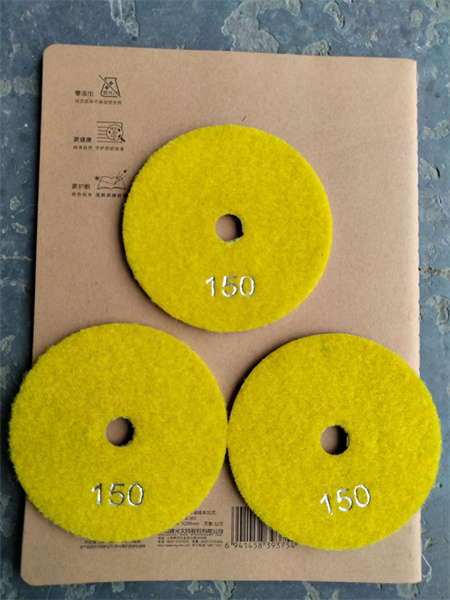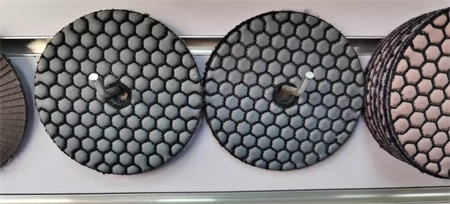Testing Pad Longevity Across Various Stone Types
When it comes to maintaining the beauty and durability of stone surfaces, one of the most essential tools in any professional’s kit is the testing pad. Whether you’re working with granite, marble, limestone, or any other natural stone, understanding how different stone types interact with testing pads can significantly affect both the longevity of the stone itself and the effectiveness of the maintenance routine. This article explores the factors that influence testing pad longevity across various stone types and why this knowledge is vital for both homeowners and industry professionals.
Stone surfaces are inherently diverse, each with its unique characteristics that determine how well they withstand wear and tear. This variance often extends to the way testing pads perform during cleaning or maintenance procedures. The material composition of the stone, its porosity, hardness, and surface finish all come into play when evaluating pad performance. Over time, testing pads used on stone surfaces will show signs of wear, but understanding how long they last can prevent unnecessary costs and ensure that the right tools are always used for the job.
Granite, one of the hardest and most durable stones, tends to be quite forgiving when it comes to pad longevity. Its dense, non-porous structure resists scratching and staining, meaning that a quality testing pad can last a significant amount of time even when used for intense cleaning or polishing tasks. However, the pad’s effectiveness will begin to diminish as it accumulates grime and residue, which is common when working with granite surfaces. Regular cleaning and replacing of pads will help maintain the integrity of both the pad and the stone surface.
Marble, on the other hand, is a much softer and more porous material. Its susceptibility to scratching and staining means that it requires extra care when it comes to selecting the right testing pad. Due to marble’s smooth, glossy finish, it’s easy to be misled into thinking that the stone is resistant to damage, but in reality, improper pad usage can cause irreversible damage. The longevity of testing pads used on marble is generally shorter because of the gentle approach required for cleaning. While pads may wear out faster, their primary purpose is not only to maintain marble’s luster but also to preserve its natural surface without causing harm. Using the correct pad for each stage of marble maintenance—whether for polishing, honing, or cleaning—ensures a longer lifespan for both the stone and the tools.
Limestone, which is often chosen for its earthy appearance and natural texture, presents another unique set of challenges. Being more porous than granite and softer than marble, limestone can be easily scratched or damaged by abrasive cleaning pads. The longevity of testing pads on limestone depends heavily on the type of finish applied to the stone and the degree of exposure to dirt and debris. When used on unsealed limestone or rough-hewn finishes, testing pads may wear out quickly. However, with proper maintenance and the use of softer, more specialized pads, they can still serve their purpose for a reasonable period without causing damage.

A key factor that can extend the longevity of testing pads across all stone types is the proper choice of pad material and grit. Many cleaning pads are made from synthetic fibers or natural materials such as wool, and selecting the right type for the specific stone surface can make all the difference. For instance, pads with finer grit are ideal for softer stones like marble and limestone, while coarser pads are more suitable for harder materials like granite. Additionally, using pads that are designed for specific tasks—such as polishing, honing, or scrubbing—can ensure they last longer while providing superior results.
In the world of stone care, pad longevity is often tied to how well-maintained the pads themselves are. Regularly cleaning pads after use, storing them properly, and replacing them at the right time can help extend their lifespan. For professional cleaners, knowing when to retire a worn pad is just as important as knowing when to switch to a new one. It’s always a balance between ensuring optimal results and minimizing the wear and tear on both the pads and the stone surfaces.
In conclusion, the longevity of testing pads across various stone types is influenced by a multitude of factors, including the stone’s hardness, porosity, and surface finish. Each type of stone—granite, marble, limestone, and slate—has its own set of requirements when it comes to cleaning and maintenance. With the right approach and attention to detail, testing pads can serve their purpose effectively, keeping stone surfaces looking their best for years to come. Whether you’re an experienced stone professional or a homeowner seeking to preserve your stone surfaces, understanding how to choose and maintain testing pads will go a long way in ensuring the longevity of both your pads and your stone.

